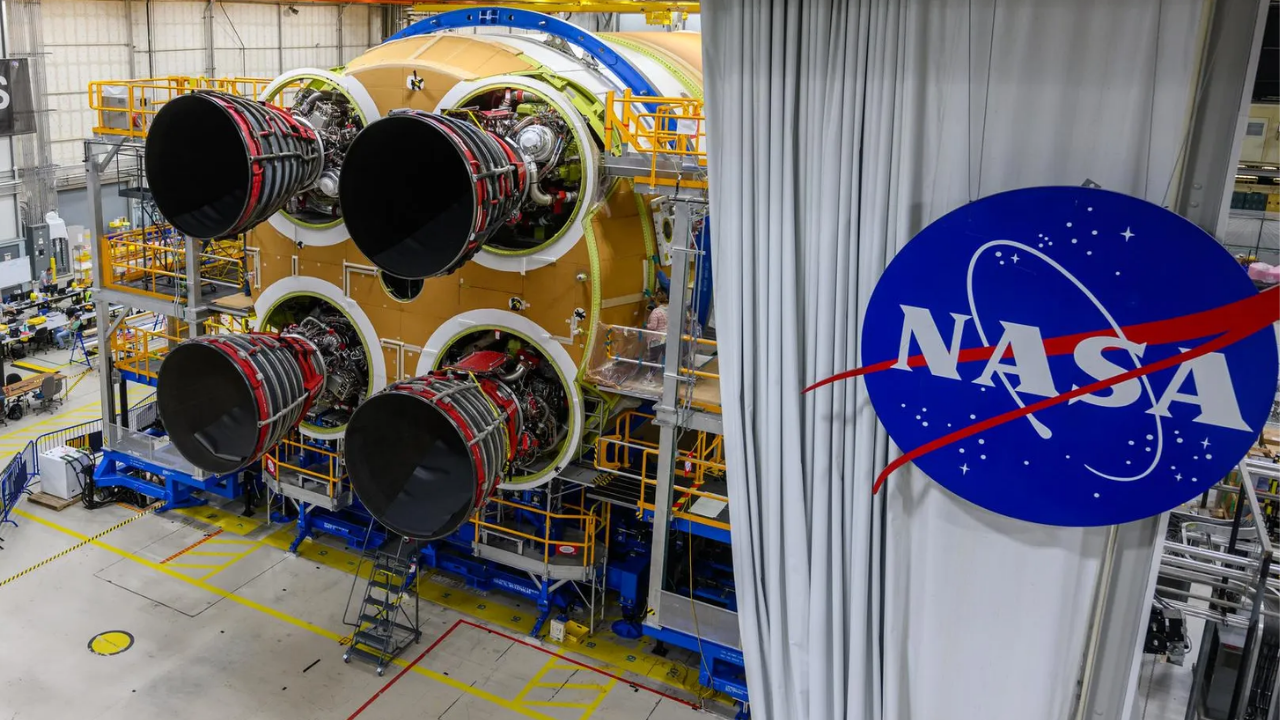
NASA’s Jet Propulsion Laboratory (JPL) in Pasadena, California, launched a transformative event in October 2025 by announcing the layoff of 550 engineers and staff.
This largest-ever reduction in the lab’s history signals more than just a workforce shakeup: it marks a critical turning point for U.S. space science, raising urgent questions about research priorities, national competitiveness, and the future trajectory of global exploration.
Federal Budget Crisis Drives Tough Choices
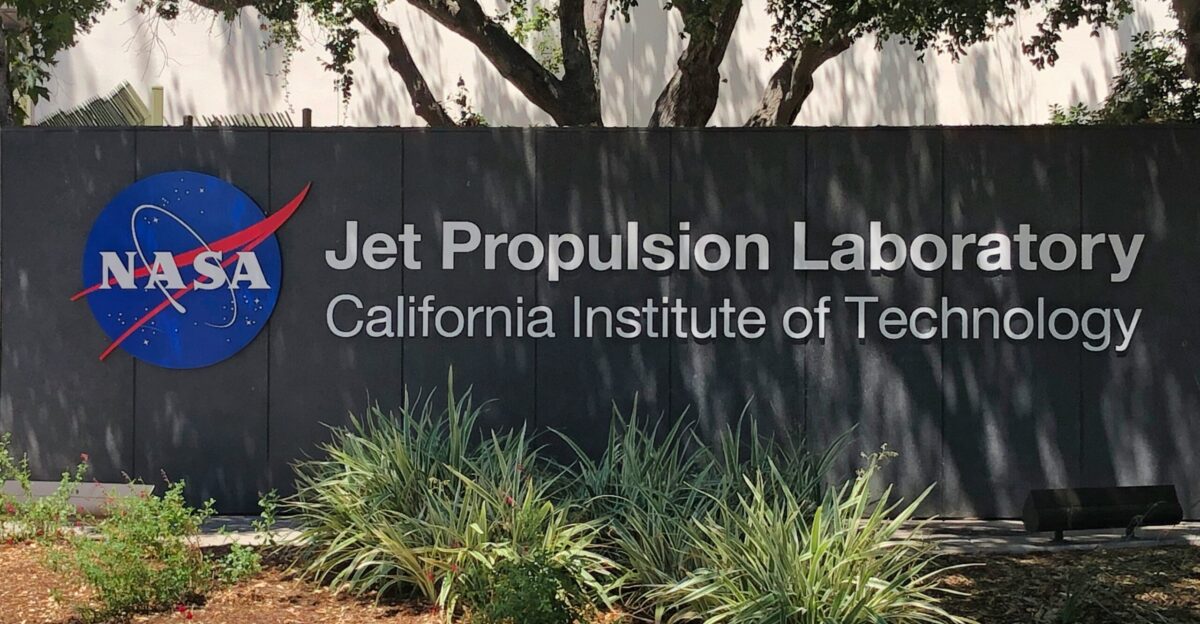
The root cause of these sweeping layoffs is a severe federal budget crisis, intensified by a prolonged government shutdown.
NASA is grappling with funding uncertainties that led to the halt of most deep-space and science missions.
JPL’s leadership framed the decision as a necessity to maintain fiscal health and adapt the lab’s structure to an unstable funding environment.
Mission Pauses and Delays
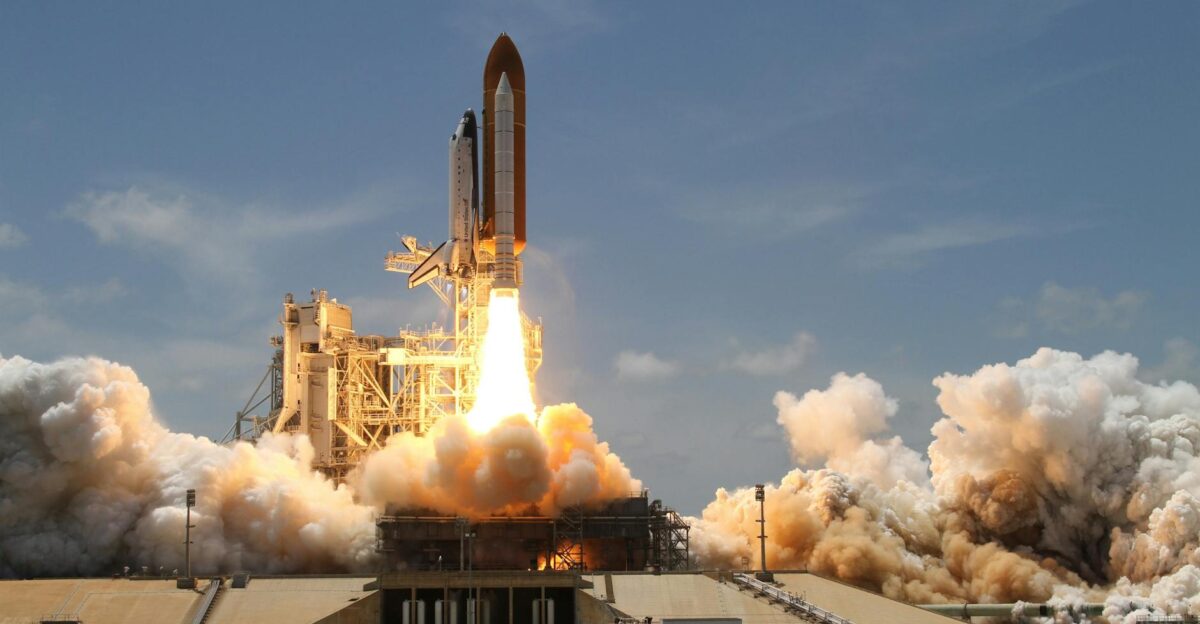
The budget turmoil has immediate effects on NASA’s scientific output. With over 40 missions placed at risk and up to one-third of its science portfolio on hold, flagship projects have come to a standstill.
Only core efforts, such as the Artemis lunar program and International Space Station, continue at reduced capacity. The future of U.S. space research now stands in jeopardy.
Contractors and Supply Chains Hit Hard
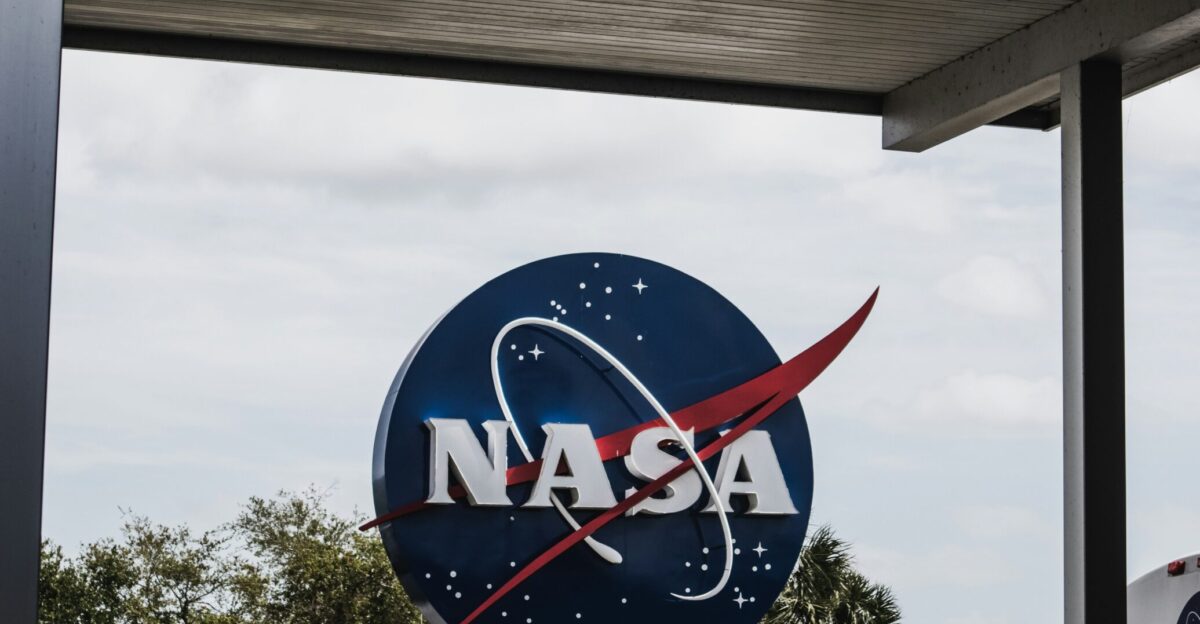
Aerospace companies and research institutions closely tied to NASA are reassessing contracts and business projections. The sudden freezing or cancellation of projects ripples throughout the supply chain.
This has forced suppliers of components—from Mars rover sensors to mission hardware—to anticipate considerable losses, staffing changes, and operational slowdowns. Sector-wide confidence remains shaken as the effects filter outward.
Ripple to STEM Futures

The NASA freeze is reverberating across the technology and education sectors. Robotics, artificial intelligence, and precision manufacturing firms report project suspensions, while university programs face loss of access to research funding.
STEM students and faculty who rely on NASA grants face uncertainty, fearing reduced job opportunities and a weakened pipeline into science and engineering careers nationwide.
Global Missions and Alliances Delayed
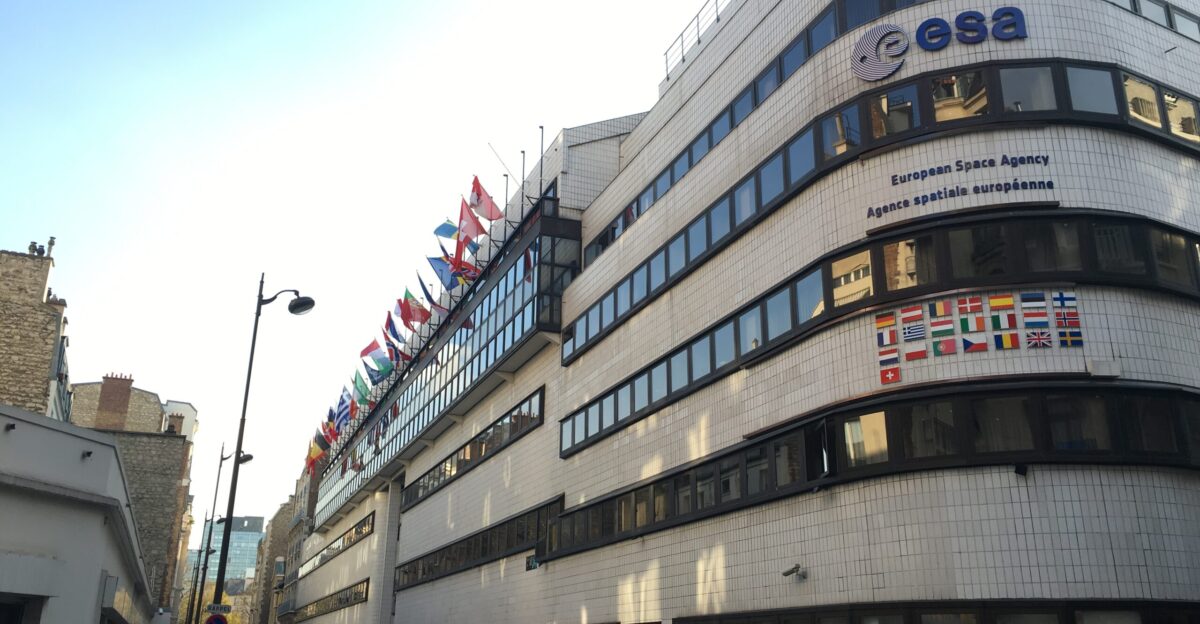
The impacts aren’t confined to U.S. borders. The European Space Agency (ESA) and Japan’s JAXA have reported delays for international collaborations with NASA.
This disruption puts several joint missions on hold while creating opportunities for other nations to expand their influence in space science. The world is watching to see how global partnerships adapt.
Engineers and Their Families
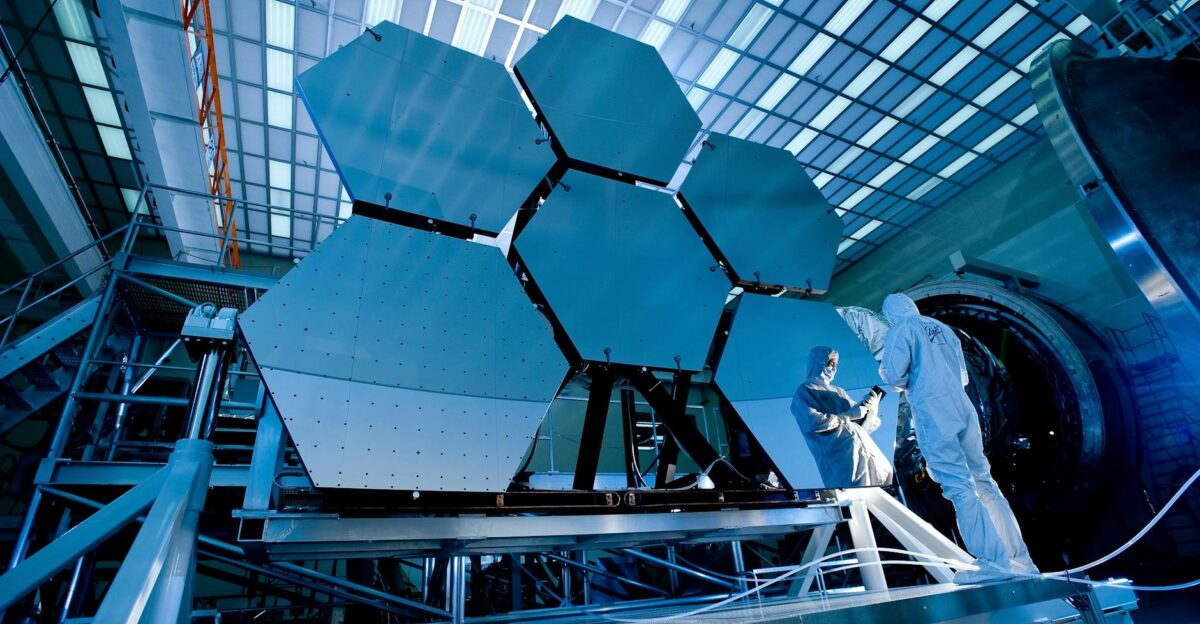
For hundreds of highly skilled workers at JPL and their families in Pasadena, the layoffs mean abrupt career uncertainty and economic distress.
The wider community is also affected, with local businesses anticipating reduced spending and nonprofits preparing to help with job transitions.
Employee support networks have expanded, reflecting the challenges of rapid and large-scale workforce shifts.
Calls for Action in Washington
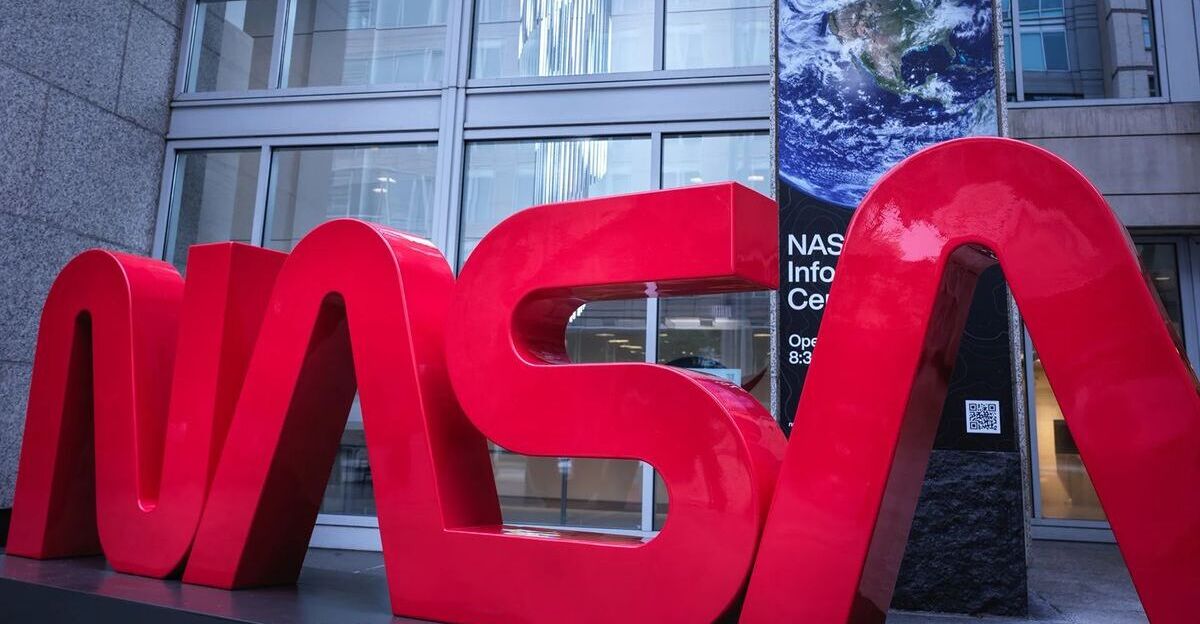
This crisis has not gone unnoticed by lawmakers. California’s congressional delegation, joined by other affected states, is urging emergency funding to protect NASA’s workforce and science portfolio.
The ongoing government funding standoff has become a flashpoint in policy debates, as leaders consider interventions to stabilize research jobs and national technological capacity.
Economic Shock: Local and National Consequences
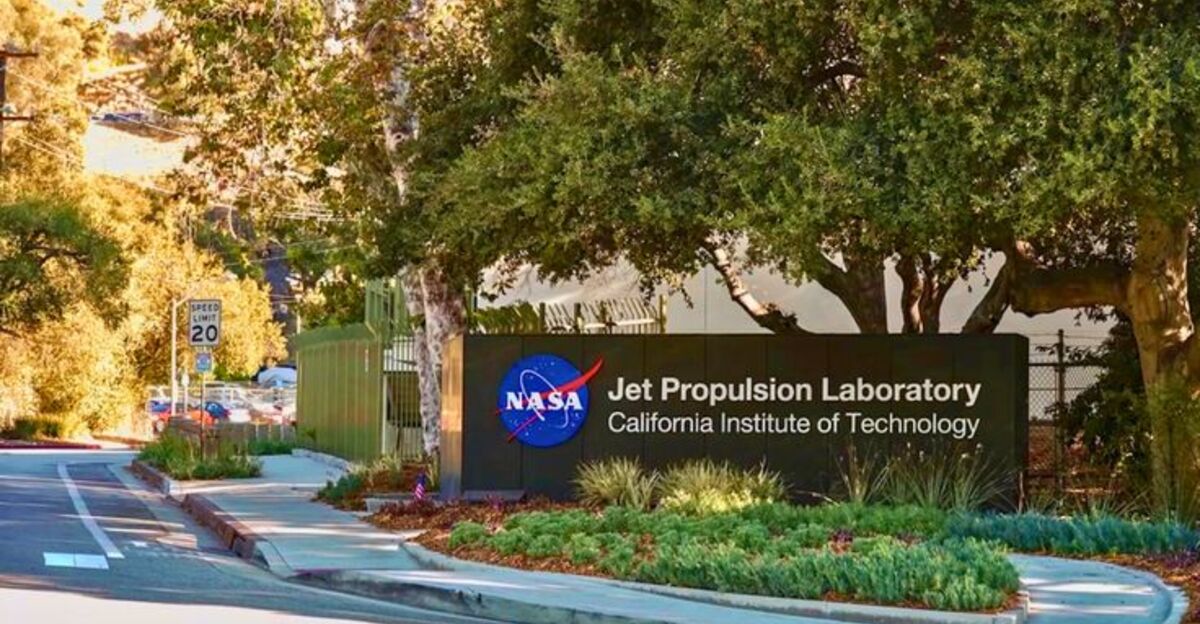
Pasadena’s economy feels the loss of a major employer firsthand, while regional businesses brace for a reduction in revenue. Nationally, the layoffs threaten America’s competitive advantage in advanced research and innovation.
As contracts dry up and projects stall, high-skilled workers in many states face uncertain job prospects, undermining national confidence in federal science leadership.
STEM Career Pathways: The New Doubt

Early-career scientists and students now view STEM paths with increased skepticism, as instability in government research jobs challenges traditional incentives.
Administrators and counselors are advising a more diversified skillset, aware that the perception of long-term risk could redirect a generation of scientific talent away from space-related research and into private or international sectors.
Spending Versus Science
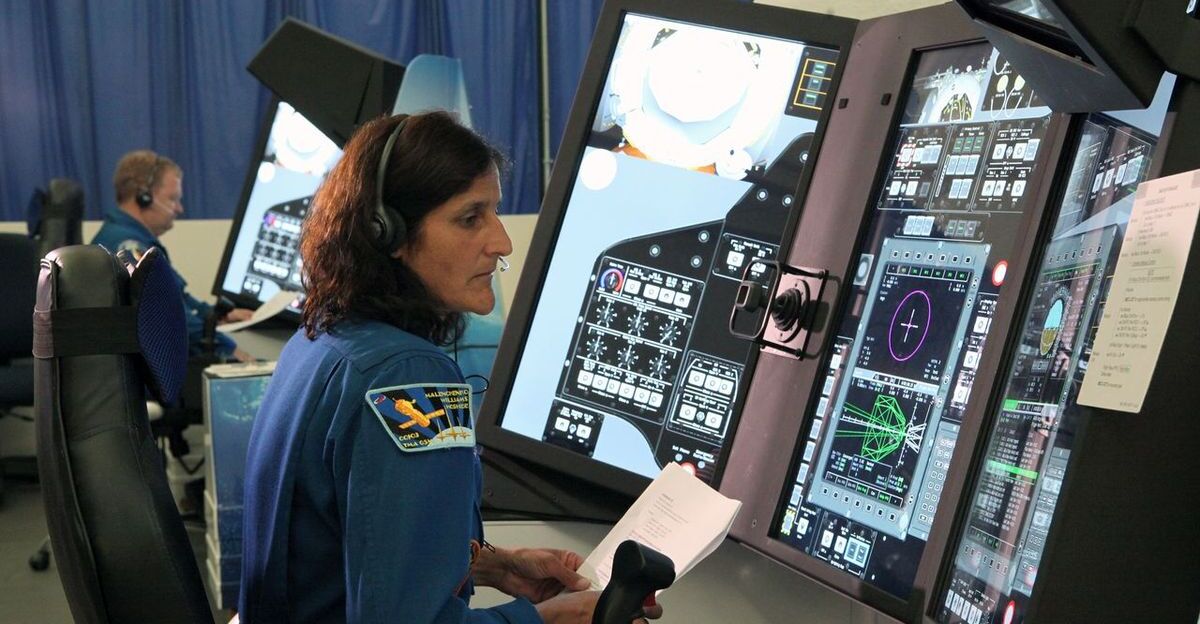
NASA’s struggle has reopened old debates about federal funding for science. Advocates warn of a “brain drain” if top talent departs for more stable sectors, while fiscal hawks urge restraint and reprioritization.
The controversy exposes more profound questions about U.S. values in research, exploration, and investment for the future, challenging leaders to define clear national goals.
U.S. Reputation and Global Perception
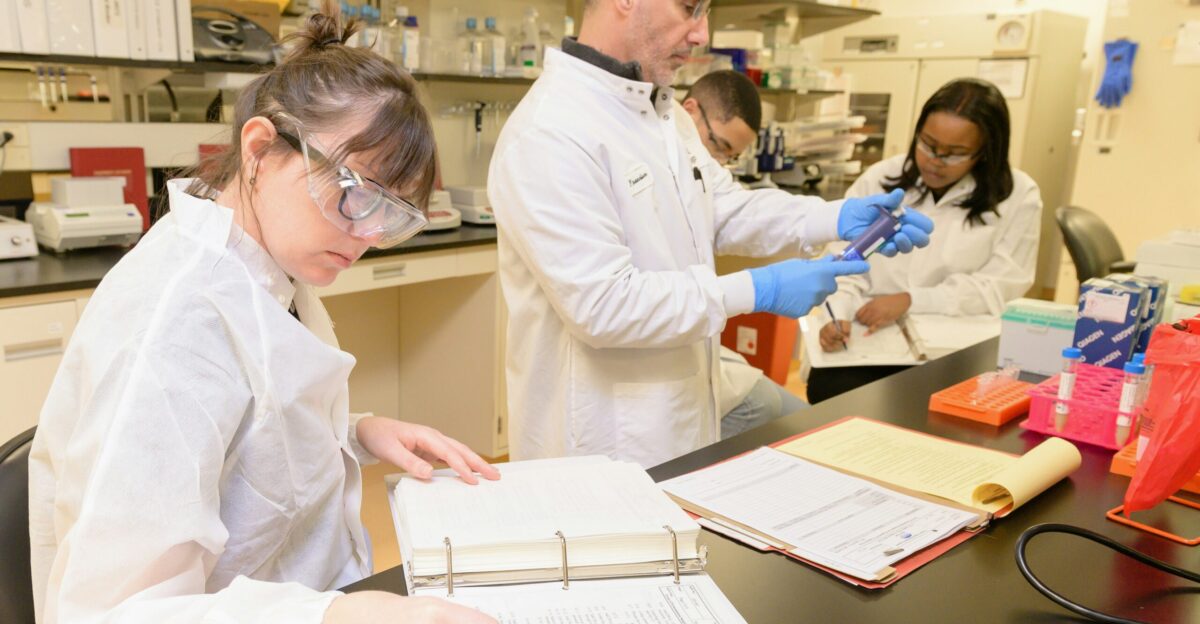
International observers are reassessing the United States’ status as a leader in scientific innovation. Delays for shared space missions and uncertainty about U.S. commitment put global partnerships at risk.
Some analysts predict that rival powers could seize strategic advantages in space science if the United States’ retrenchment persists through continued budget impasses.
Opportunity and Loss: Unintended Outcomes
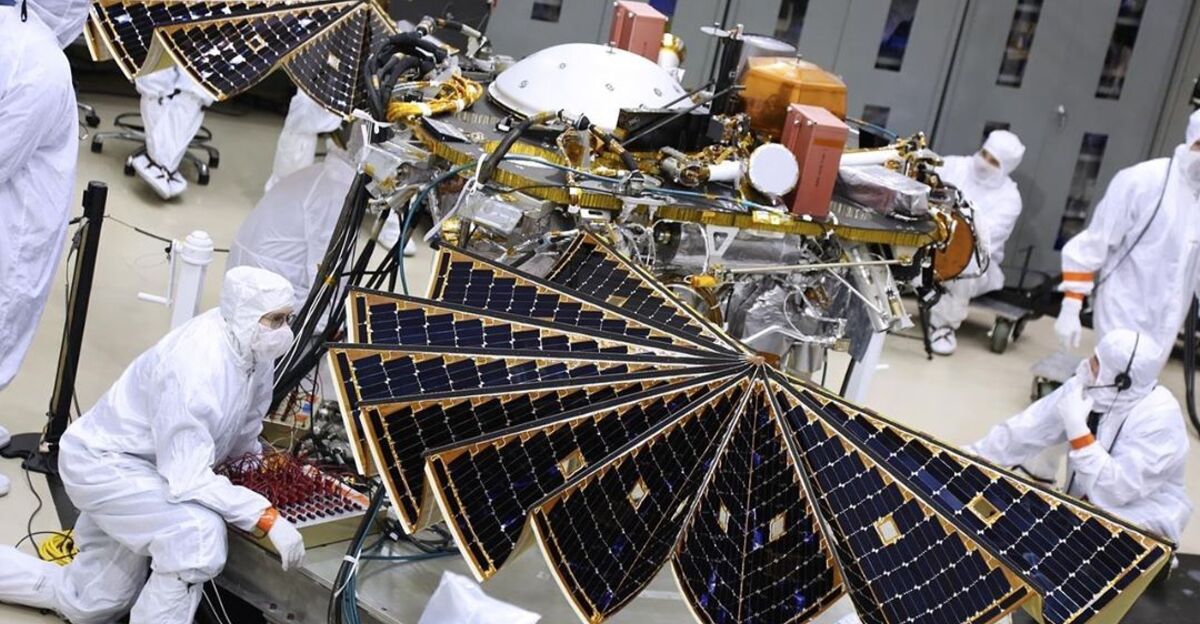
As JPL and NASA cut back on activities, some foreign space agencies and commercial firms may capitalize on the reduced American presence. This creates unexpected winners abroad even as U.S. companies and workers navigate setbacks.
Commercial ventures might seize new contracts or partnerships, shifting competitive dynamics and reshaping the global space industry’s balance of power.
Market Turbulence: What Stakeholders Should Know
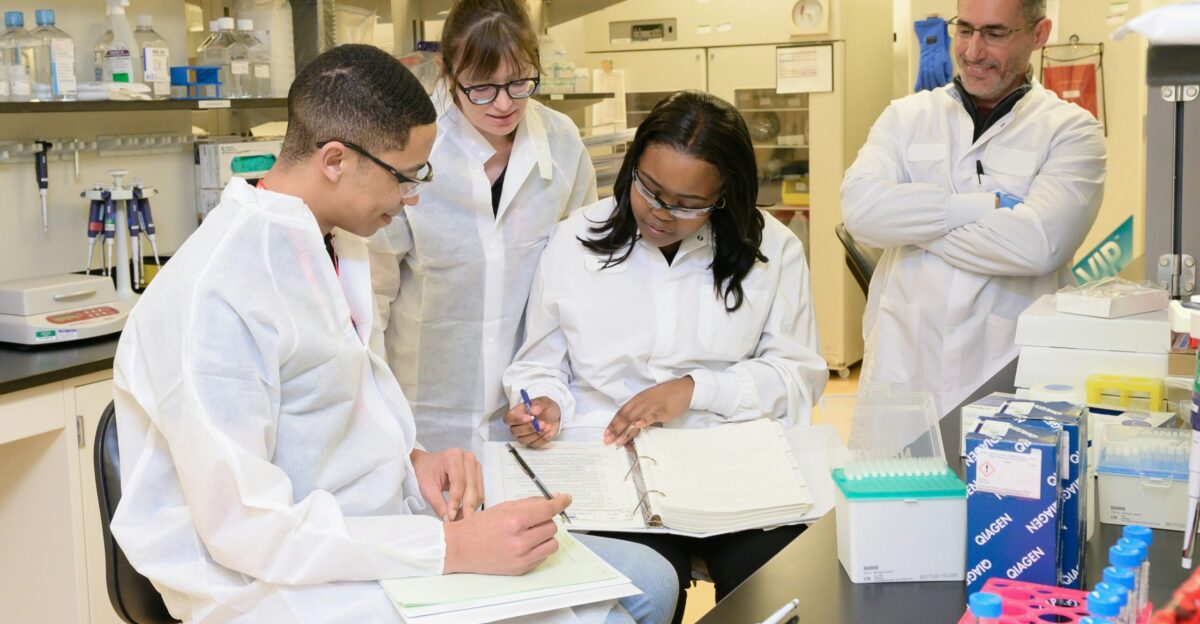
Analysts recommend that investors and job seekers monitor the aerospace and high-tech sectors closely for heightened volatility.
Families and students interested in STEM should consider broadening their education and career options, given the unpredictability of government funding. Financial leaders urge caution and adaptability as the landscape continues to evolve.
Can U.S. Space Leadership Recover?
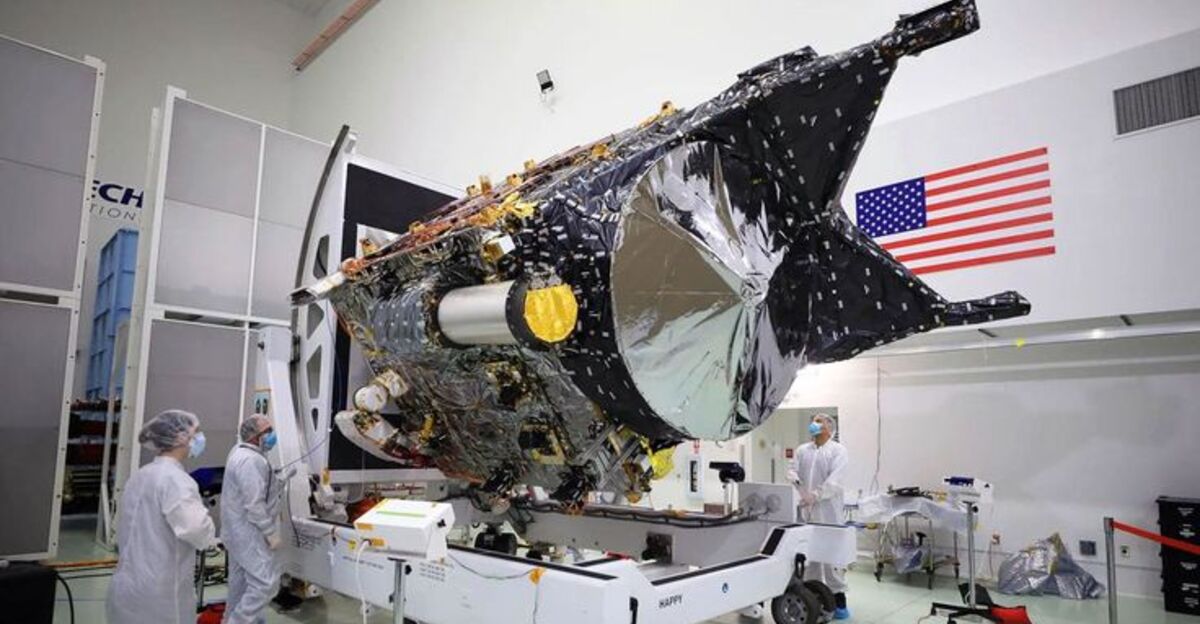
NASA’s sweeping layoffs at JPL mark a pivotal point for U.S. science and technology. Recovery will depend on a quick political resolution, renewed investment, and a clear recommitment to research.
As the world looks on, the question remains whether American leadership in space can rebound or will give way to a new era of global competition.